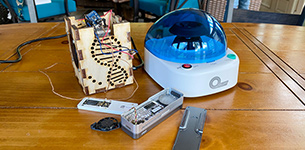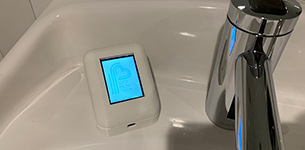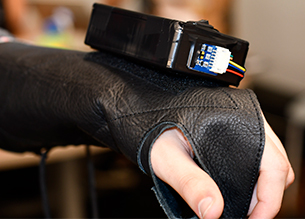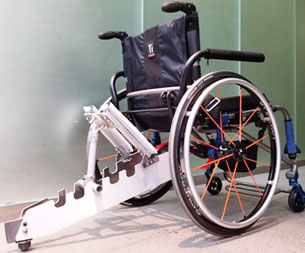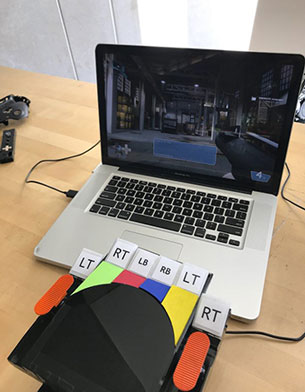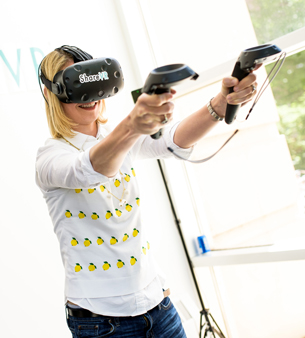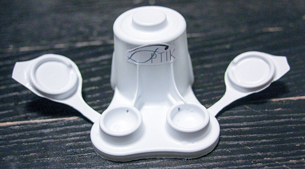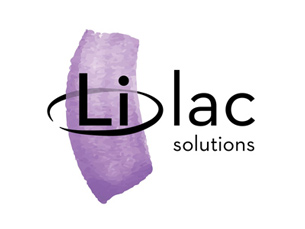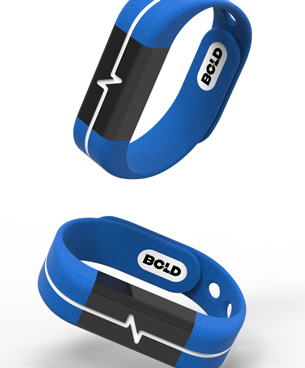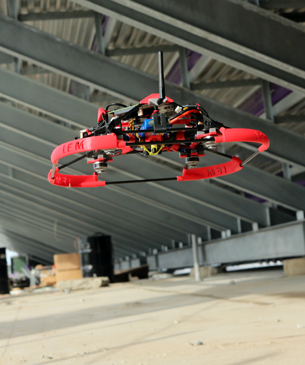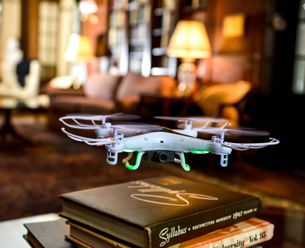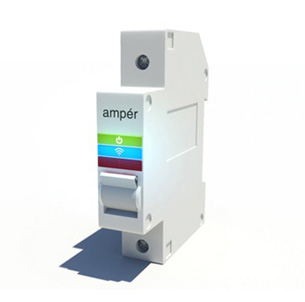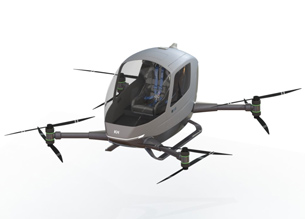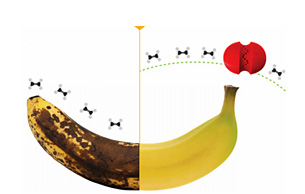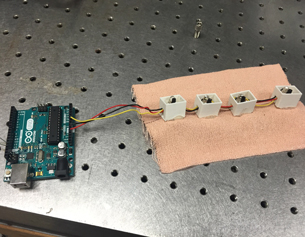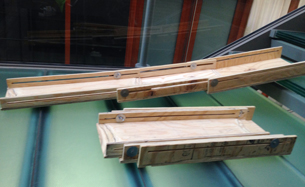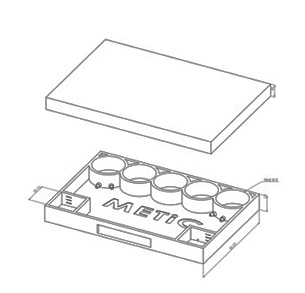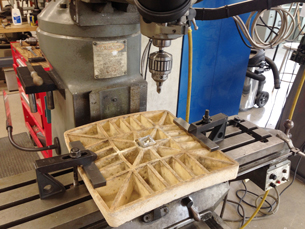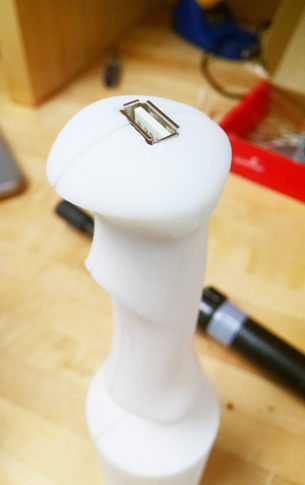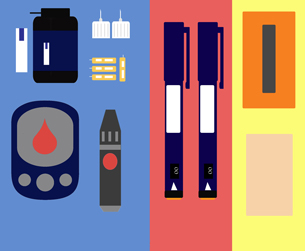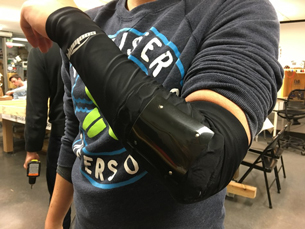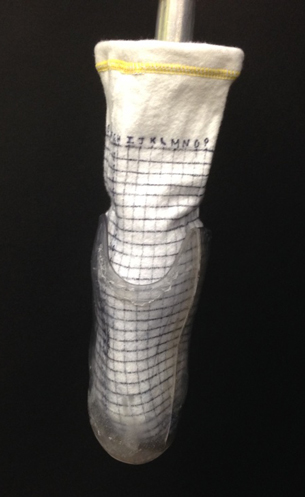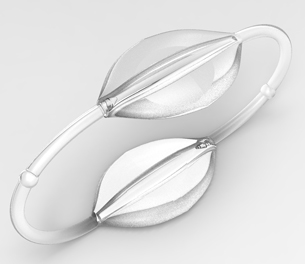METiCA female reproductive system on a chip
A group of four female biomedical engineering students worked in the lab of Teresa Woodruff, a professor of obstetrics and gynecology at Northwestern’s Feinberg School of Medicine who was looking for an engineered tissue model to study the female reproductive hormone cycle.
A project spurred by the students’ biomedical engineering capstone design course, the quartet aimed to build a female reproductive system on-a-chip, enabling the ex vivo study of how tissues interact with one another and with external factors.
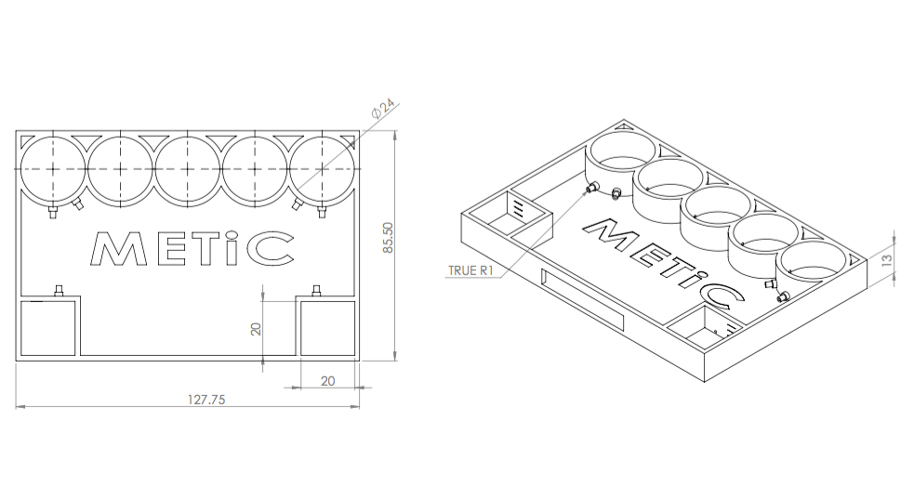
Problem
Preclinical studies of drugs have historically focused on the effects on male test subjects, leading to a void in the understanding of gender-specific side effects.
Woodruff, in particular, sought to better understand the female reproductive system by varying pituitary hormone inputs and examining the reproductive system’s response to these hormone fluctuations under various conditions.
METiC aims to enable the accurate study of interactions between female-specific tissues and ultimately aid in the development of safe pharmaceuticals. , METiC, Team Member
Solution
METiC (Microfluidic Embedded Tissue Culture) works by pulsing media through five different tissue types – ovarian, uterus, fallopian tube, ectocervix, and liver – connected through 1mm diameter channels. The METiC system then collects periodic samples over a 28-day cycle to measure hormone changes.
METiC adds to the growing body of research on organ-on-a-chip devices, which are aimed at better mimicking the human biological response to drugs and therapies than traditional animal models. By testing medications’ success in organ-on-a-chip, or human-on-a-chip systems, the future hope is a higher success rate when pharmaceuticals move from animal studies to clinical trials.
Development Process
After learning of Woodruff’s problem, the METiC team investigated the needs and specifications of the system, as well as currently available solutions.
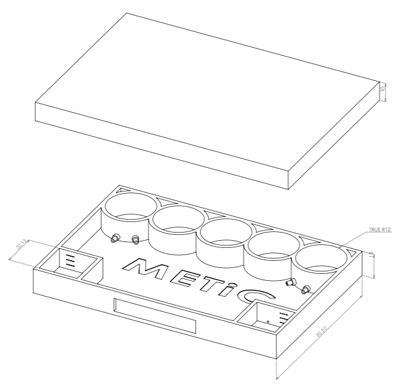 The founders then fabricated their system through 3D-printing and micropumps manned by an on-board microcontroller. The system, which is optically transparent and allows for live-tissue imaging, allows researchers to study the interactions between tissues under dynamic flow rather than studying isolated samples in static culture.
The founders then fabricated their system through 3D-printing and micropumps manned by an on-board microcontroller. The system, which is optically transparent and allows for live-tissue imaging, allows researchers to study the interactions between tissues under dynamic flow rather than studying isolated samples in static culture.
The METiC team is now seeking a material that will resist hormone binding, something it is presently doing by exploring the use of anti-binding coatings to treat its 3D-printed material. The group is also working with microfluidic pumps that can achieve near desired flow rates, and by programing controllers to adjust flow so that it can simulate the physiological flow of hormones from tissue to tissue.
Current Status
By summer 2016, the team hopes to have a fully functioning, female reproductive system model complete, one that can be used for several studies within the Woodruff lab as well as other biology and engineering labs at Northwestern and beyond.
Updated May 2016
AdviserTeresa Woodruff, PhD, Director of the Women’s Health Research Institute and Professor of Obstetrics and Gynecology-Fertility Preservation at Northwestern University Feinberg School of Medicine



